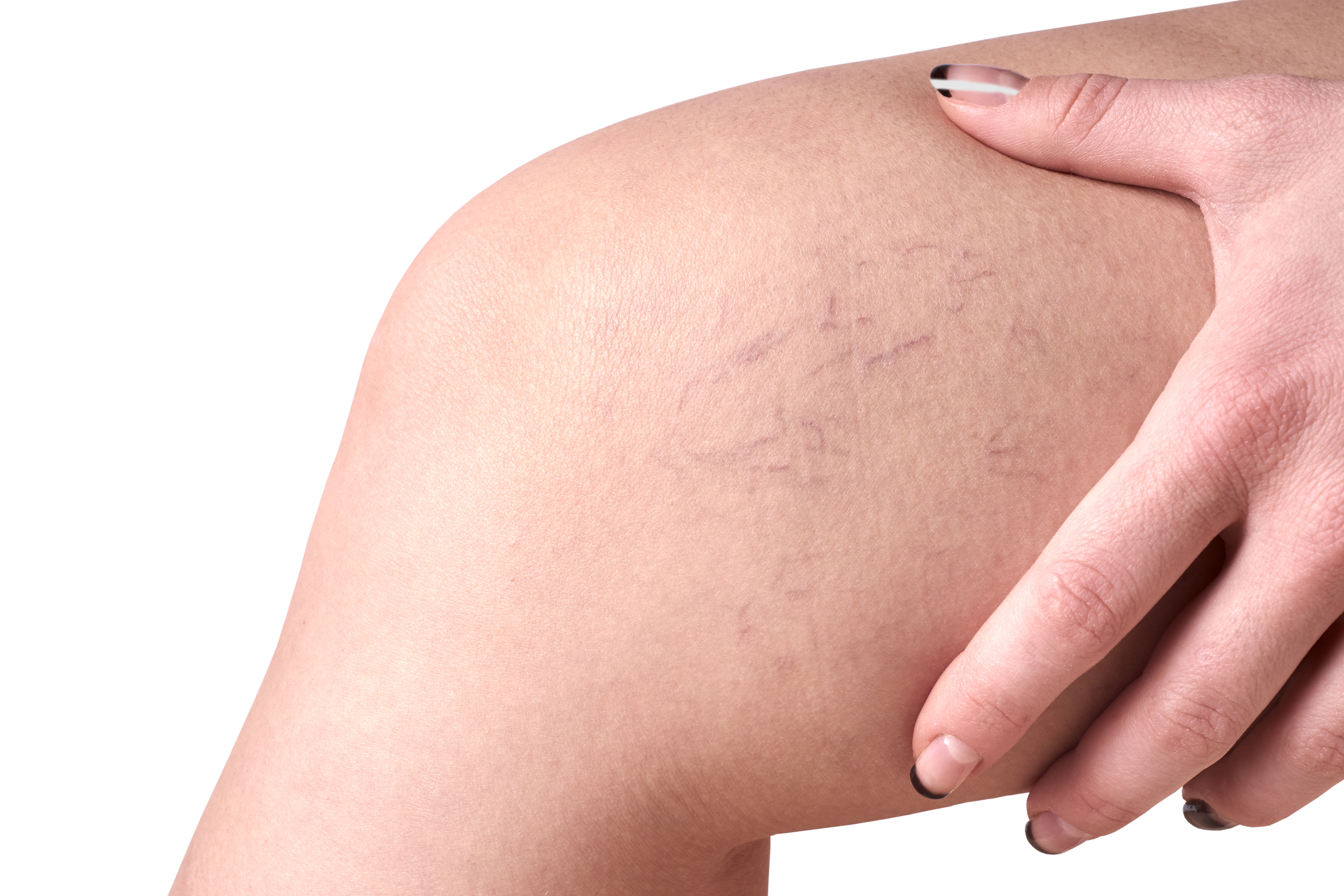Sclerotherapy to Treat Spider Veins
 Spider veins are not only cause self-esteem issues for those who have them, they can also be rather uncomfortable to deal with. Since spider veins usually occur on the legs, feet and ankles, their presence often leads to tired, heavy feeling legs, tingling, numbness and restlessness due to poor circulation in the affected areas. Those who do a lot of standing in their line of work may be particularly aware of how spider veins are adding to their discomfort throughout the day.
Spider veins are not only cause self-esteem issues for those who have them, they can also be rather uncomfortable to deal with. Since spider veins usually occur on the legs, feet and ankles, their presence often leads to tired, heavy feeling legs, tingling, numbness and restlessness due to poor circulation in the affected areas. Those who do a lot of standing in their line of work may be particularly aware of how spider veins are adding to their discomfort throughout the day.
Though spider veins are relatively unpreventable and are usually hereditary in nature, those who are struggling with obesity, stand frequently or are women of a certain age in particular are more prone to spider veins.
The discomfort of spider veins can be temporarily alleviated by making sure to elevate the legs whenever possible, in taking a break from long periods of sitting or standing, by getting regular walks or other physical activity to help with circulation and with the help of compression garments. However, these methods only help relieve the discomfort for a little while and real relief is most likely found with medical treatment.
Treatment of spider veins should be done by a vein specialist with a history of monitoring vein health and well-being having treated many other patients with their vein-related ailments. For spider veins, a treatment called “sclerotherapy” is often recommended as a method for “killing” non-functioning veins that show up as red, blue or purple spider veins just below the skin’s surface. When allowed to go untreated, these veins can eventually lead to more serious issues such as blood clotting, inflammation and swelling and discoloration of a larger portion of the surrounding skin.
Sclerotherapy uses injections of a chemical that when put within the vein, causes it to close up which eventually leads to the disappearance of the spider vein. This procedure should only be performed by a trained technician or vein specialist doctor but the results are long-term and often quite effective in eliminating spider veins and their side effects for good.
It’s important to start by meeting with your vein specialist to discuss your concerns and to have your spider veins examined prior to any procedure arrangements. If recommended, sclerotherapy may be required in just one session or over the course of several treatment sessions to rid the patient of spider veins completely. Sessions last between several minutes up to around half an hour each depending on the patient’s individual circumstances pre-treatment.
